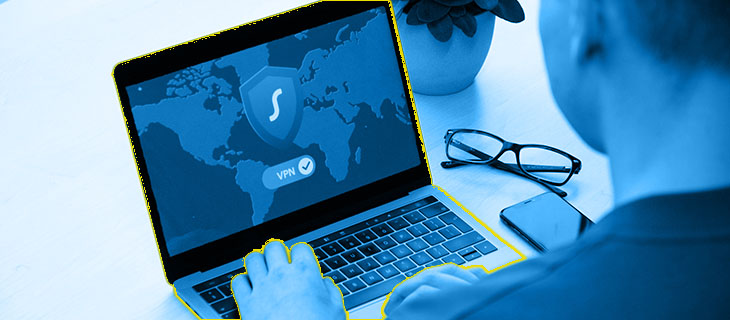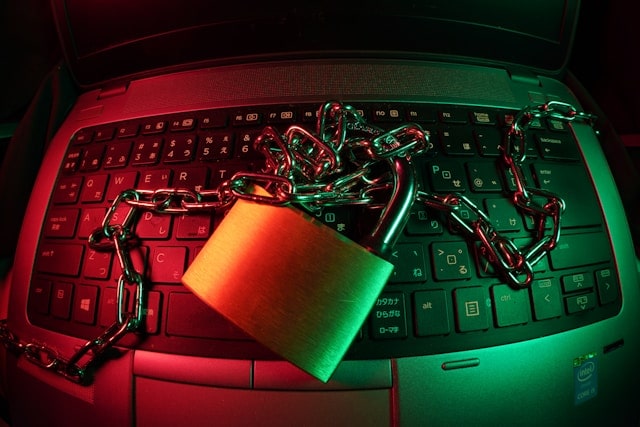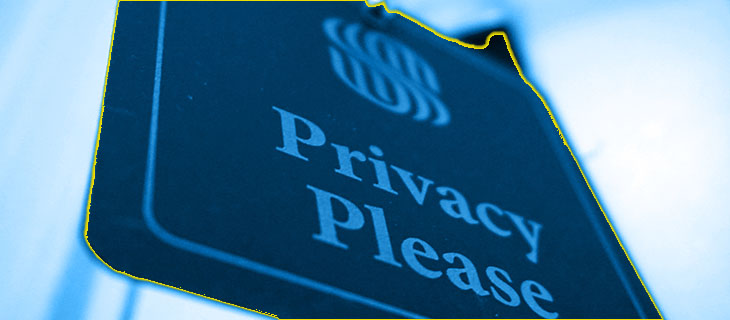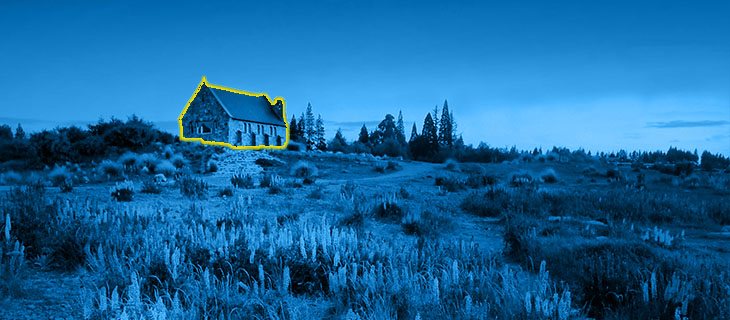Digital Nomads and Online Privacy: Stay Secure Working Abroad

Last week, while hopping between coworking spaces in Lisbon, I watched a fellow digital nomad lose three client projects after hackers compromised his laptop at one of them. He’d been using the same password everywhere (we’ve all been there), and one breach cascaded into professional disaster.
Here’s the uncomfortable truth: working remotely and traveling the world as a digital nomad can put you even more at risk of a data breach and cyberattacks. Yet we keep connecting to sketchy café WiFi like it’s no big deal.
In this post, we’re discussing digital nomads and online privacy, including how to stay protected and what to look out for while working from abroad.

The Real Cost of Working From Paradise
Picture this: you’re crushing deadlines from a beachside bar in Canggu, feeling super productive. But that free WiFi you’re using? It’s basically an all-you-can-steal buffet for data thieves. I learned this the hard way when my bank called about suspicious activity originating from, apparently, seven different countries in one afternoon.
And don’t get me started on the geographic restriction nightmare. Nothing kills your morning flow quite like your client asking why you’re logging into their systems from Vietnam when you told them you’d be in Portugal. These security measures make sense, sure, but they’re productivity poison when your office bounces between time zones.
The technical side isn’t rocket science, though. Learning the basics (like following a solid how to find proxy server address guide at Marsproxies.com) takes an hour. For those who live on their phones, IPRoyal’s mobile proxy 4G solutions sidestep sketchy WiFi altogether by using cellular networks instead.

Building Your Digital Fortress
VPNs aren’t optional anymore; they’re like wearing pants to a business meeting. But here’s what nobody tells you: cheap VPNs are often worse than no VPN at all. You need AES-256 encryption minimum, which sounds fancy but really just means “actually secure.”
Two-factor authentication saves lives, or at least careers. Forget SMS codes, though (hackers love SIM swapping these days). Hardware keys work better, and according to Harvard Business Review’s research, they block about 99.9% of account takeover attempts. That’s not marketing fluff; it’s legitimately effective.
Password managers feel annoying until they save you from catastrophe. Generate different 20-character passwords for everything, and let the manager remember them. One compromised password won’t domino into losing access to your entire digital existence this way.

Communication Without Compromise
WhatsApp and Signal encrypt messages automatically, which is fantastic. Email, however, remains stubbornly insecure unless you configure PGP encryption. Yes, it’s a pain to set up initially, but confidential client discussions deserve that extra effort.
Video calls create unexpected privacy leaks, too. Your gorgeous Airbnb background tells everyone exactly where you’re staying (creepy but true). Virtual backgrounds aren’t just for hiding messy rooms; they’re operational security. Most platforms offer end-to-end encryption now, though you’ll need to flip that switch manually.
Cloud storage gets tricky fast. Those automatic photo uploads include location data that broadcasts your movements to anyone with access. Document sharing can accidentally expose client information if you’re not careful with permissions. Zero-knowledge encryption services cost more but deliver actual privacy, not just promises.

Next-Level Protection Strategies
There are a few things you can do to protect yourself (and all of your digital assets and information) while traveling the world as a digital nomad.
Use the Right Web Browser
Most of the world’s internet users use Google Chrome as their web browser. And while it’s definitely convenient if you have a Gmail account, it could leave some security risks while browsing. As you scroll through your favorite websites, your browser is collecting data about you and possibly sharing it with third parties. This is known as browser fingerprinting.
Browser fingerprinting sounds paranoid until you realize websites track you like a tagged wildlife specimen. Your screen resolution, installed fonts, and even how your graphics card renders images all create a unique digital signature. Brave browser blocks most of this nonsense automatically.
Update Your Operating Systems
Keep your operating system updated, seriously. The Telegraph’s tech coverage constantly reports new vulnerabilities in outdated software. Those annoying update notifications? They’re usually patching holes that criminals actively exploit.
Keep Sensitive Information Separate
It’s easy to keep all of your information, especially client or work-related documents, in one place. But having a system that separates important documents and keeps them safe from prying eyes can save you a ton of headaches in case of a data breach or hack.
Virtual machines let you quarantine different clients’ work from each other. Think of it as having separate offices for each project: if one gets compromised, the others stay protected. Docker containers work too if you’re comfortable with terminal commands (most aren’t, and that’s fine).
Run Monthly Security Audits
Running monthly security audits sounds tedious because it is. But finding problems yourself beats having criminals find them first. You want to get ahead of any potential security issues with your tech—whether it’s your phone or your laptop.
Take some time to run through your files and downloaded software. My preferred way to do this is with CleanMyMac. It takes just about 10 minutes to go through all of your files and pick out any dangerous content. Plus, it identifies large files that you could delete to make more space on your computer.

Making Security Sustainable
About 72% of remote workers in the IT field experience “security fatigue” and start cutting corners. Automation helps: scheduled backups, automatic updates, and passwordless authentication wherever possible. Sustainable habits beat perfect systems that nobody actually follows.
Create different security profiles for different locations. Maximum paranoia for public WiFi, medium security for coworking spaces, relaxed settings at trusted locations. Switching manually takes seconds and prevents both breaches and burnout.
Living the digital nomad dream means accepting digital responsibility alongside geographical freedom. Smart security practices protect more than data; they safeguard the lifestyle itself. Because losing clients to preventable hacks isn’t just expensive, it threatens the entire remote work experiment we’re all running together.
You may also enjoy

Working from a cafe in Porto sounds romantic until you realize everyone on that WiFi network can potentially see your client’s confidential files. Digital nomads juggle incredible freedom with serious…
by Nomads

For many digital nomads, New Zealand seems like a faraway destination, almost impossible to work remotely from. Between difficult visa rules, a long plane ride to the country, and a…
by Brittany

Do you dream of living and working remotely from Dubai for one year? See if you can with our free Dubai digital nomad visa eligibility check! Simply answer the questions…
by Brittany
